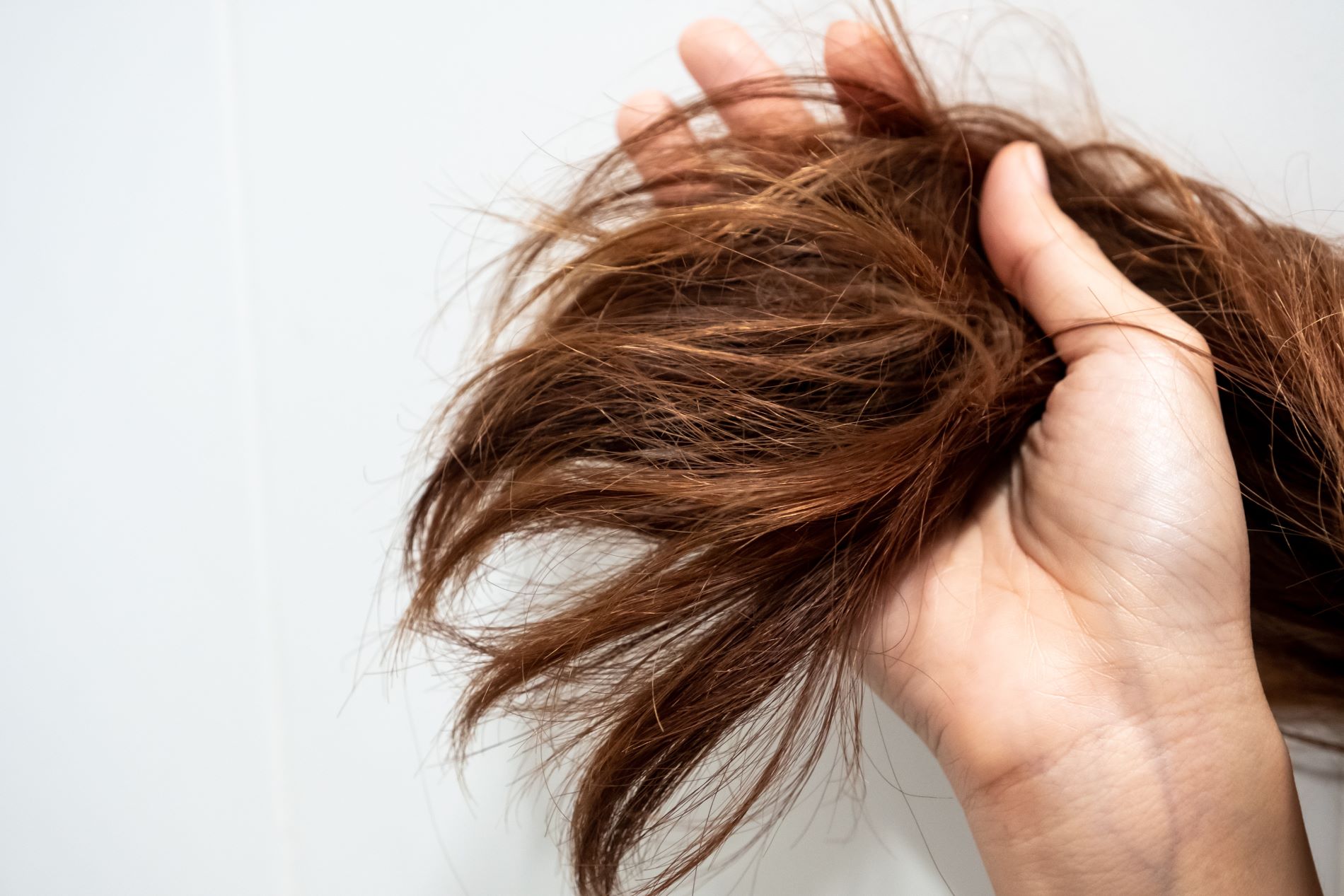Essential Tips For Repairing Damaged Hair
If your hair is damaged and broken, it’s essential to address it immediately. Different types of damage require additional treatment, but most involve hydrating and protecting your hair from further harm.
First, look for a sulfate-free shampoo formulated with strengthening ingredients like keratin. And choose a formula that’s safe for color-treated hair, says Deeke.
Avoid Heat Styling
We all like to change our hair occasionally, but excessive curling, straightening, waving, and blow-drying causes heat damage. This damage can make the hair feel dry, stringy, brittle, and unmanageable.
Another sign of heat-damaged hair is a lack of shine or a dull color. This is due to the damage to the hair strand’s protective layer, which allows less hair dye to penetrate the hair shaft and gives it a dull appearance.
Try to avoid heat styling as much as possible. If you must use a heat styling tool, apply a thermal heat protectant beforehand. Try embracing your hair’s natural texture or going for heatless styles such as overnight beach waves, low ponytails, and messy buns.
Go for Heatless Hairstyles
When you want to avoid heat damage and keep your strands healthy, it is best to go for heatless hairstyles. These styles work with your natural hair texture and are quick and easy. Plus, they look polished and are great for summer!
Try a low ponytail or fishtail braid for an effortless and chic style. You can add a headband or a sparkly bow for extra flair. Use hair accessories carefully, as they can also cause heat damage!
Heat damage can be hard to repair, but it is possible. Using the right products like Olaplex for damaged hair and consistency with your hair care routine will help you achieve healthy strands again. If your strands are seriously damaged, you may need to use bond-repairing treatments to restore the outer cuticle of your strands.
Go for a Natural Hair Texture
If you have straight, wavy, loose, or curly hair, it is best to stick with your natural texture as much as possible. This will make your strands healthier and more resilient when faced with damage or heat styling.
When it comes to dyeing your hair, experts recommend choosing a shade within three shades of your natural color. This helps limit the damage caused by bleaching and can extend the time between touch-ups.
Rinse shampoo and conditioner with cool water instead of warm or hot water is also a good idea. This helps close the hair cuticle and lock in moisture. It will also prevent hair damage from drying out further.
Go for Deep Conditioning Treatments
Hair damage can be the result of physical or chemical damage. The most common signs of damage are dry and brittle hair that easily tangles, a dull and lifeless look, and more visible and numerous split ends.
If you experience any of these signs of damage, opting for bond-repairing hair treatment is best. These hair treatments repair damage on a molecular level by reconnecting broken hair bonds. They also contain nourishing hair ingredients that strengthen your strands. For example, a product includes a robust and tongue-twisting component that works to preserve your color while rebuilding damaged strands. The treatment also contains a blend of ceramides and amino acids to smooth the strand cuticle. It’s the perfect product for bleached, dyed, or damaged hair.
Go for Regular Haircuts
When you have damaged hair, it is necessary to get regular haircuts. This will help you avoid the pesky split ends that will continue to travel up the strand and cause more damage.
It is also best to wash your hair less, especially with a shampoo formulated for dry hair. This will prevent the hair from being over-stripped of its natural oils and moisturizers.
For women with damaged hair, there are still many beautiful ways to style it and look fashionable at the same time. A blunt bob, for example, is a great way to eliminate split ends while looking stylish. It is also an excellent cut for thin hair, giving it a fuller appearance without adding any extra length. Also, a top knot style will cover up your damaged ends while giving you a chic look.
Read More: How are Amanita Mushroom Products Tested?

